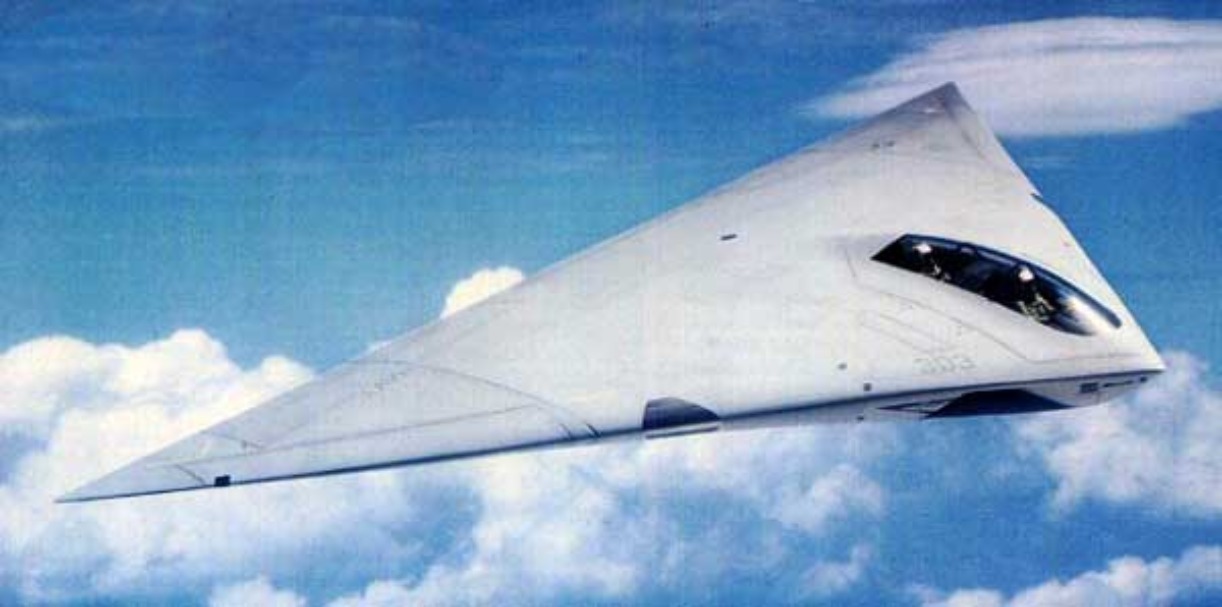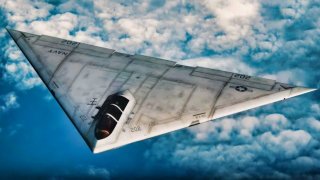A-12 Avenger II: The Navy Wasted $5 Billion on This Stealth Bomber
The U.S. Navy once had an intriguing concept for its very own stealth bomber. The A-12 Avenger could have given the Navy a deep strike capability from an aircraft carrier.
What You Need to Know: The A-12 Avenger was the U.S. Navy’s ambitious stealth bomber project in the 1980s, designed to replace the A-6E Intruder and provide deep strike capability from carriers. The flying-wing design promised superior range, radar, and internal weapons bays, but costs ballooned to $96 million per aircraft.
-With the Cold War ending and defense budgets shrinking, Defense Secretary Dick Cheney canceled the program in 1991.
-The decision left the Navy without a modern bomber, relying instead on the F/A-18 and F-35C. Some strategists now view the cancellation as a missed opportunity, particularly as China’s naval threat rises.
The A-12 Avenger: How the Navy’s Stealth Bomber Dream Fell Apart
The U.S. Navy once had an intriguing concept for its very own stealth bomber. The A-12 Avenger could have given the Navy a deep strike capability from a carrier.
It was a flying wing like the B-2 Spirit that could have penetrated enemy air defenses.
However the high cost and reduced defense budgets after the Cold War due to the “peace dividend” (the belief that the breakup of the Soviet Union required less defense spending) spelled doom for the A-12.
A-6E Bomber Was Valuable But It Was Time To Move On
Meant to replace the A-6E Intruder workhorse that was introduced to the Navy in 1963, it was time for something new. The Navy yearned for its own stealth bomber in the 1980s and wanted hundreds of A-12s. The Marine Corps and even the Air Force expressed interest in the new A-12.
The A-12 would be faster with a greater ceiling, improved radar, and range compared to the A-6E, plus internal weapons bays and an ideal radar cross-section. But the A-12 was going to be costly. Aircraft carrier requirements meant that the flying wing would have to be compact, light, and foldable. These considerations were going to be difficult for the design team and the price tag went up.
A-12 Avenger Chopped Because of Cost
By 1991, Defense Secretary Dick Cheney had a difficult decision to make.
The A-12 Avenger, on paper, was exciting for the Navy. But the Department of Defense had already sunk $5 billion into the program and estimates for unit cost were ballooning at $96 million an aircraft. It would have given the service branch a new and powerful option for its carriers. It could have helped the marines too.
But Cheney saw it as an expensive albatross that was getting more costly each year. The Cold War was ending and maybe another bomber just wasn’t in the cards. Cheney likely considered that the number of bombers across the military was sufficient during Operation Desert Storm and the navy could get by with using cruise missiles. Taking all this under consideration, he requested Congress to cease funding for the A-12.

This was a questionable decision because the Navy was left without a modern bomber. It went back to the F/A-18 Hornet and implemented the plans for a Super Hornet that had bombing capability. The F-14 Tomcat was more of a fighter/interceptor without deep strike capability. So, the F-35C eventually became the stealth airplane for carriers.
An A-12 Bomber Would Have Been Valuable Today
Was the cancellation of the A-12 penny-wise and pound-foolish?
Stealth is expensive, to be sure, but has obvious advantages. The A-12 Avenger could have helped out over Iraq and Afghanistan. An A-12 today could have given the navy an increased ability to challenge the Chinese in the East and South China Sea. The Marines could have put it on Okinawa to take the pressure off the navy in East Asia.
The A-12 cancellation hurt the Navy and Marines and handcuffed the military as China became more of a threat after conflicts in the Middle East wrapped up.
Thus, the cancellation decision of the A-12 Avenger was a disappointment that some naval strategists wished could have been avoided.
About the Author: Dr. Brent M. Eastwood
Brent M. Eastwood, PhD, is the author of Humans, Machines, and Data: Future Trends in Warfare. He is an Emerging Threats expert and former U.S. Army Infantry officer.
Image Credit: Creative Commons.


